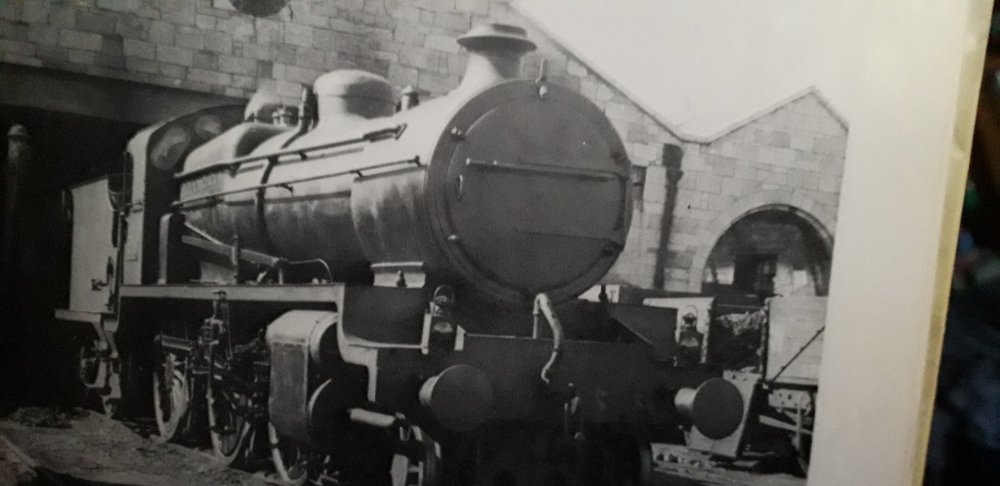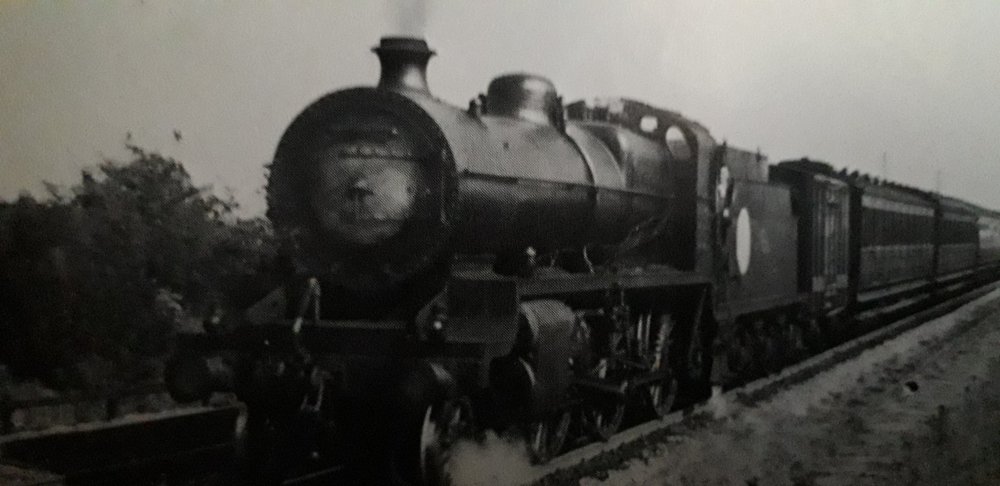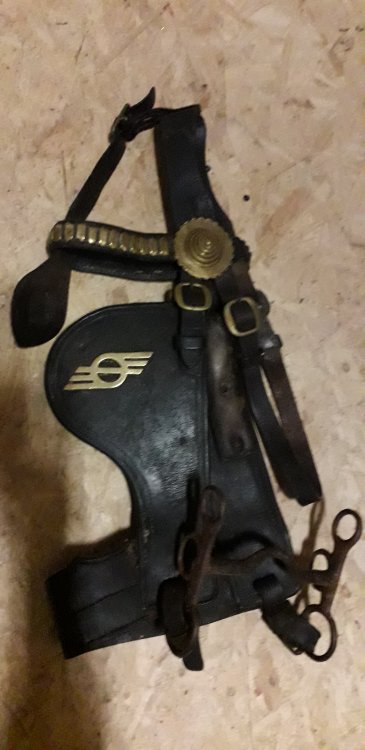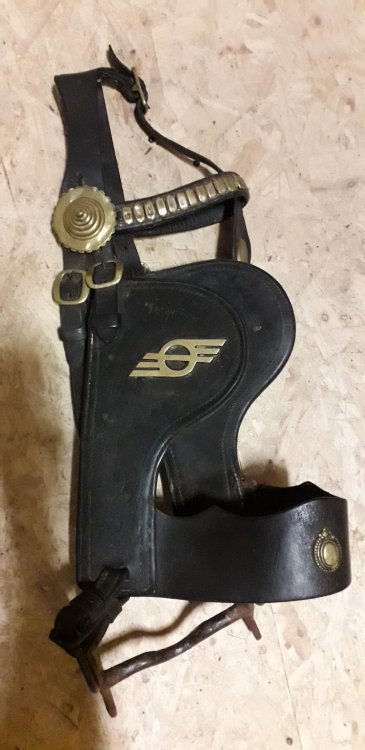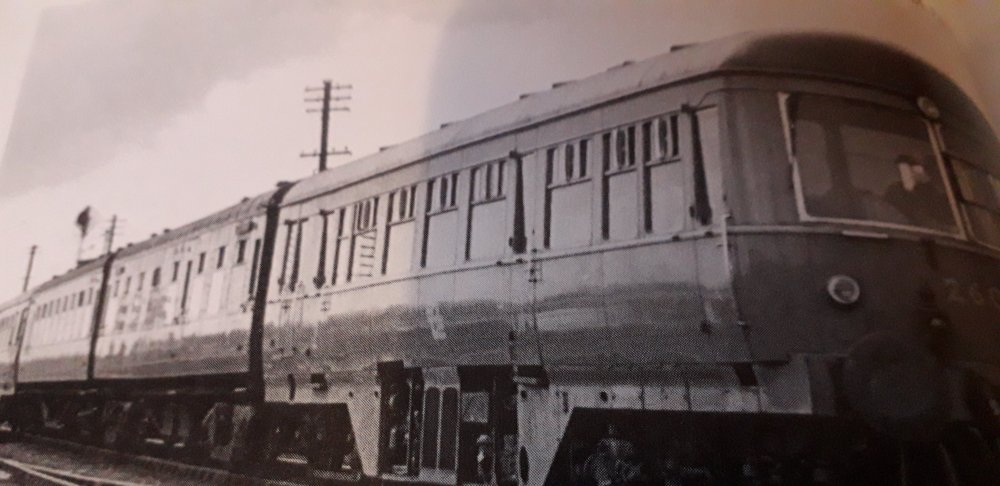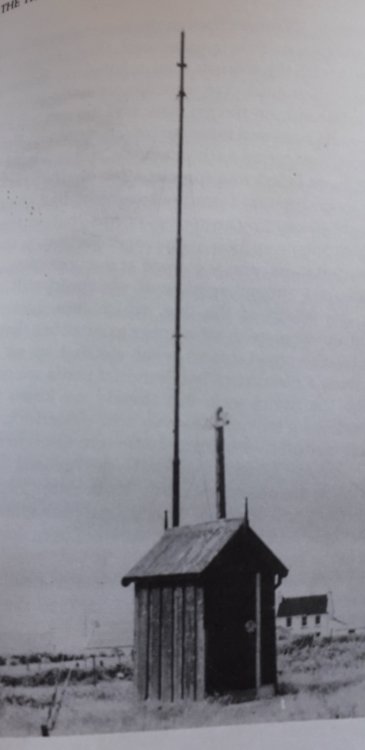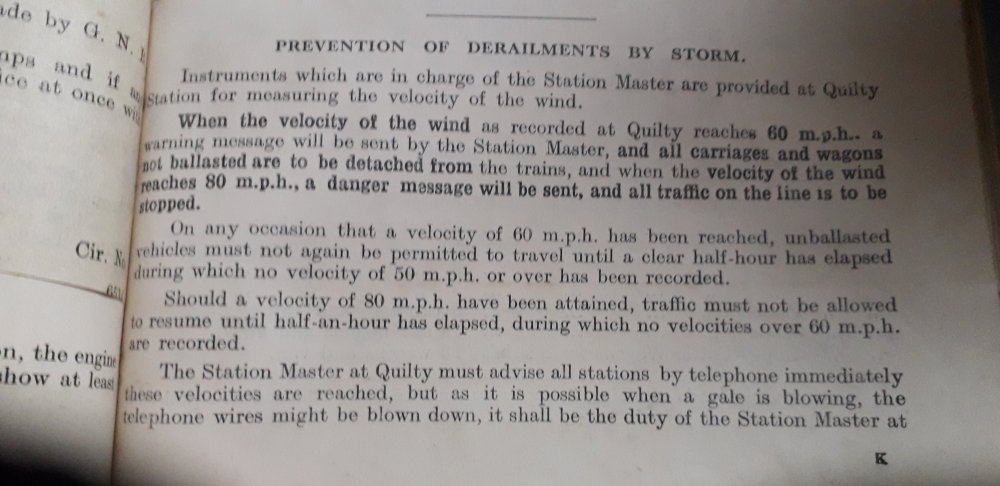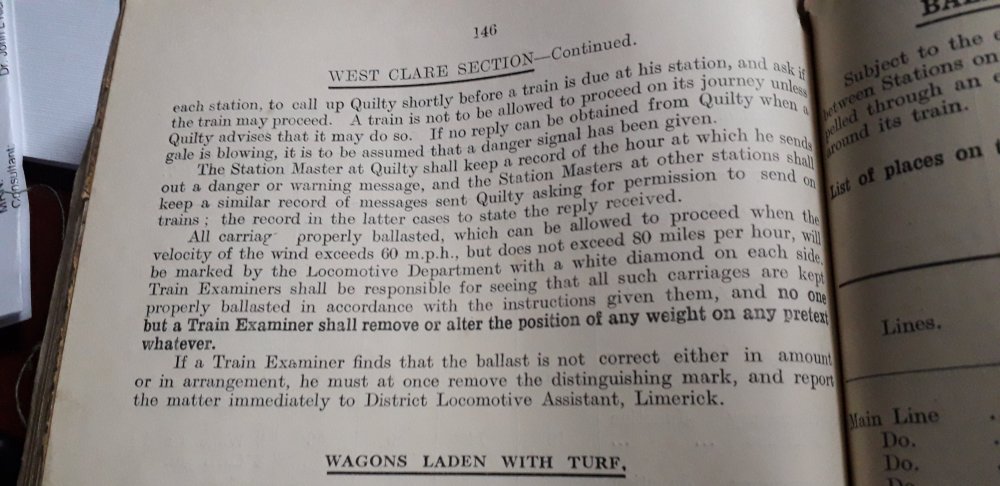-
Posts
1,931 -
Joined
-
Last visited
-
Days Won
4
Content Type
Profiles
Forums
Events
Gallery
Blogs
Store
Community Map
Everything posted by minister_for_hardship
-
I doubt it. I think they may have been all replaced by or before early CIE days. First pic was K1 376, still carrying MGWR headlamps date unknown but noted as GSR days, 2nd is K1a 393 in 1947, 3rd is 383 in 1956. Nothing for it but to trawl through photos.
-
In the early years, they sported the original flat SECR wheel-less door. Gradually as doors got burnt or worn out, they got replaced with the Inchicore dished door with dart handles or the more widespread wheel. Note CIE budget numberplate, numerals simply painted on sheet steel and welded to door. The supplied wheel with the model would not be correct for the flat door, strictly speaking.
-
What have the crows done?
-
All the B Na M steam fleet survived, 1 albeit in heavily rebuilt form.
-
Happy worst St Patrick's Day ever.
-
I wonder if Britain has it better, it seems their company colour schemes were recorded in minute detail. Possibly more uniform application of liveries, less variation?
- 24 replies
-
ALL the GSR/CIE number plates on display at IRRS hq are red numerals/border and black background and a few of the lamps/other plates plastered in one or the other, or both colours. Possibly where the artist got the notion they were to be red/black. There must have been a special on red and black tins of paint.
- 24 replies
-
- 2
-

-
Well the Cavan and Leitrim and Tralee and Dingle got mini MGWR ones in GSR days. Come to think of it, wasn't there MGWR type ones on Burma Road? A cheap and cheerful GSR replacement for (presumably) timber mileposts that rotted away.
-
432 was a DWWR tank, but C&M is written on the sheet. Thought it might be a Macroom loco until I looked it up. Was it used on the Macroom in GSR/CIE days?
-
It's not MGWR mileposts. It doesn't have the diamond with the chunk taken out of it. ie 3/4 mp.
-
Teacher to class. "Can anyone put the word "contagious" into a sentence?" Reply from student, "a man came to paint the house at home and it took the contagious to do it".
- 1 reply
-
- 2
-

-

-
Was that the occasion where another well known enthusiast was passing by, spotted the smoke, barged in with camera in hand to what was in effect a private party, and words were exchanged?
-

THE FLYING SNAIL LOGO....
minister_for_hardship replied to burnthebox's question in Questions & Answers
If I were you, I'd wait it out for the upcoming IRM A Class. -

THE FLYING SNAIL LOGO....
minister_for_hardship replied to burnthebox's question in Questions & Answers
Dug out a pic from the archives, one form of CIE motive power where the snail orientation is not as expected. -

THE FLYING SNAIL LOGO....
minister_for_hardship replied to burnthebox's question in Questions & Answers
Railcar snails were all of the standard type it seems, no matter which side. I did see one rare occurance of a reversed snail on publicity material, on a timetable poster still stuck to a posterboard in a derelict station. I never thought to seek to procure it or take a photo. Shortly afterwards the place was burnt out and the poster, board and all incinerated. -
Correction, the instrument was located in the station house, not in the hut.
-
-
Rather oddly, Cork buses were plastered with Guinness ads, but their Dublin counterparts didn't seem to carry any Guinness advertising back in the day.
-

THE FLYING SNAIL LOGO....
minister_for_hardship replied to burnthebox's question in Questions & Answers
The ones on Lima stock are far too elongated as well. The photos I've seen seen so far conform to what Garfield says. Many tender locos appear not to have received any logo at all. -
I'm surprised the lizard people and the Roswell cover up didn't have a part in it.
-
The actual Wanderly Wagon used in the tv series was a converted CIE dray.
-
Some eejit here bought, wait for it, a years supply of rice. The Chinese restaurant sector is on its knees because people think they can catch it there. Even sales of Corona beer have taken a dip because, stupid people.
-
The original drawings of those L & B locos are still extant as far as I know. Some older Irish locos one would go on basic dimensions and line drawings, photos and educated guesswork to fill in the blanks.
-
The Midland tank looks rather sad for something constructed so recently. Was the L & B model intended to run or be static?
.png.c363cdf5c3fb7955cd92a55eb6dbbae0.png)

